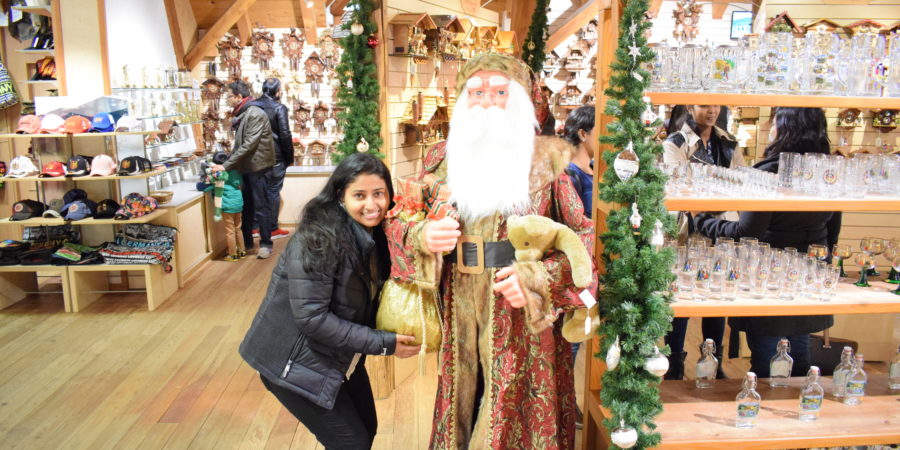

If you are interested in the history of the alarm-clock you should certainly have a look at the early examples of industrial clocks located in the former Bürk-Factory. You really should not miss the two museums with their different collections of clocks. Particularly the district of Schwenningen was formerly regarded as the biggest clock-making town of the world. He even successfully rebuilt the legendary “Sorg -clock” from Neustadt.Ī few kilometers away from Königsfeld your route leads you to Villingen-Schwenningen, the most important center of the Black Forest Clock in the past. He has a passion for old clocks with hand-painted enamel fronts which he rebuilds after old models.

And here, right in the center you will find the clock-making business of Peter Auber. Königsfeld which is 800 meters above sea-level is especially favoured by older residents and guests as it provides about 200 kilometers of almost plain walking paths. The well chosen examples of former methods of production and working conditions give the visitor some interesting information on the social and economical history of this area. You should not miss the unique collection of industrial clocks in the town museum. The reputation of this firm is based on the radio controlled wrist-watch they produce. Schonach is one of the centers of cuckoo clock-making.įollowing the route up past Hornberg you will reach Schramberg – the five valley town – and home of Junghans. Leaving this lovely little town you soon reach Schonach which lies a few kilometers above in a high valley.

The museum is located above the entrance to the waterfalls. You should not miss the largest collection of grind-organs in Europe as well as the impressive collection of antique Black Forest Clocks. The Black Forest Museum in Triberg is also worth a visit. In this picturesque town lives the only cuckoo clock-maker who actually produces the complete clock consisting of clockwork, house and carving. When you arrive at the entrance to the falls in the morning you will find a whole lot of squirrels waiting for a second breakfast. The name of Triberg is closely connected to the waterfall nearby. He was the first one who succeeded in imitating the cry of the cuckoo with the help of two different sounding whistles. Not far away lies the beautiful holiday retreat Schönwald, where the inventor of the first cuckoo clock Franz Kellerer lived. By this he brought together the first pieces of the Furtwangen collection which consists of more than 4 000 objects today. In 1852 Gerwig urged people to keep and collect the old hand-carved wooden clocks. This man set himself a lasting monument with the Black Forest Railway initiated by him. The by far largest collection of old German clocks has its origin in the clock-makers´school that was established here in the 19th century. Today its clock museum has gained a world-wide reputation. The town of Furtwangen has now been the center of the Black Forest Clock area for a long time. And to the expert names like Waldau, Schönwald or Villingen-Schwenningen also ring familiar.

Like pearls on a string you find such lovely places as Triberg, Furtwangen, St. The route is almost 300 kilometers and takes you through one of the most beautiful sceneries of the Black Forest. What are your plans for the next holiday? Why not travel along the Route of the Black Forest Clocks? It is frequently visited by holiday-makers and guests, not because of its HEIGHT of 1493 meters, but for its great tree-free position in the midst of low-green forests. The highest mountain of the black forest is the “Feldberg”. North of the black forest is Heidelberg, the romantic city at the river Neckar. Additionally here the traditional handcraft – particularly the carving – are maintained until today. The “Titisee” is the most beautiful lake of the black forest and frequently visited. 13000 miles of paths available for hiking correspond almost to the half earth scope. The Black Forest ranks among the oldest holidays areas. Almost each village is air health resort. It is particularly famous for its expanded forests, valleys and nature-left rivers. The Black Forest is beside the Bavarian forest the largest low mountain range of Germany.


 0 kommentar(er)
0 kommentar(er)
